Home>Gardening & Outdoor>Landscaping Ideas>How To Grow Indoor Grass
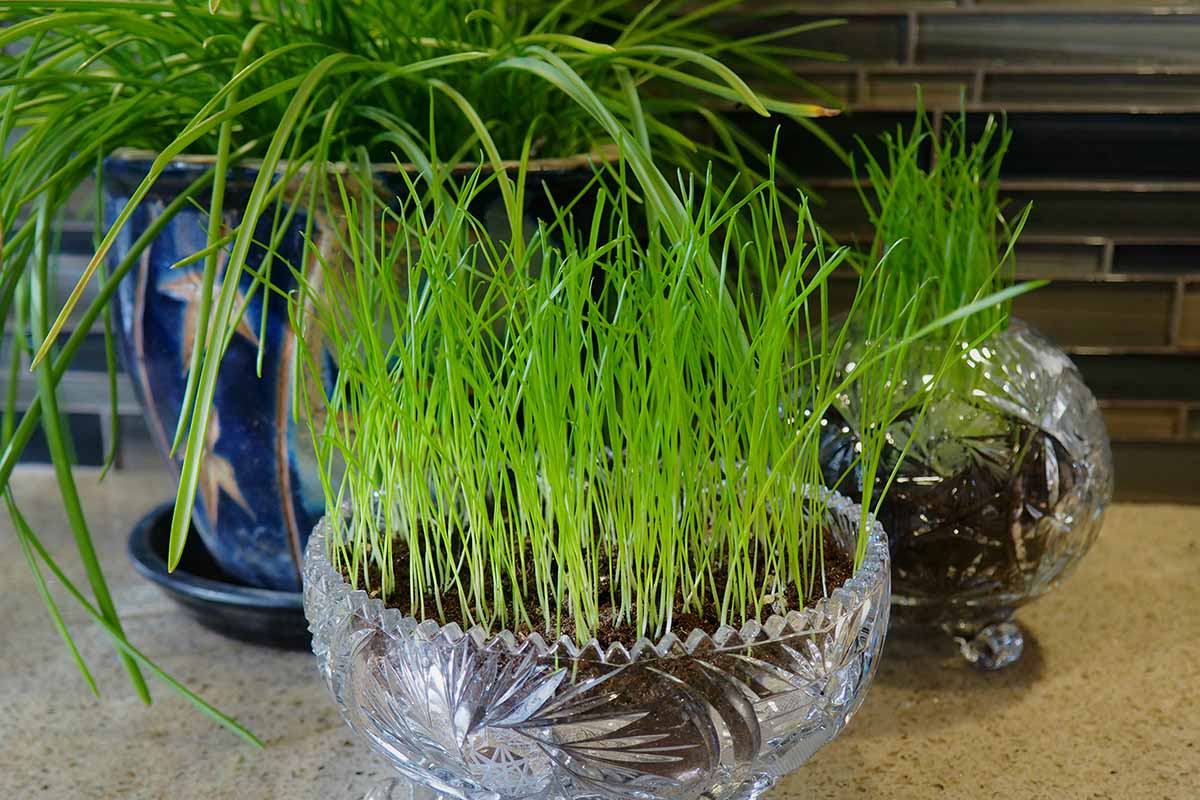

Landscaping Ideas
How To Grow Indoor Grass
Modified: August 16, 2024
Discover effective landscaping ideas for growing indoor grass with our comprehensive guide. Create a lush indoor environment with our expert tips and advice.
(Many of the links in this article redirect to a specific reviewed product. Your purchase of these products through affiliate links helps to generate commission for Storables.com, at no extra cost. Learn more)
Introduction
Welcome to the wonderful world of indoor grass! Whether you’re a seasoned plant enthusiast or a newcomer to the green-thumb club, growing indoor grass can be a rewarding and refreshing experience. The lush, vibrant greenery of indoor grass not only adds a touch of natural beauty to your living space but also offers a host of benefits for your well-being. In this guide, we’ll explore the ins and outs of cultivating indoor grass, from selecting the right seeds to troubleshooting common issues. By the end, you’ll be equipped with the knowledge and confidence to nurture your own little patch of indoor greenery.
Key Takeaways:
- Indoor grass offers natural air purification, stress reduction, and visual appeal, making it a valuable addition to any indoor space for both aesthetic and well-being benefits.
- Choosing the right grass seeds, providing adequate light, and implementing consistent care practices are essential for cultivating a thriving and visually stunning indoor green space.
Read more: How To Grow Wheatgrass
Benefits of Indoor Grass
Indoor grass isn’t just a feast for the eyes; it also brings a myriad of benefits to your indoor environment. Here are some of the key advantages of incorporating indoor grass into your living space:
- Natural Air Purification: Indoor grass acts as a natural air purifier, absorbing pollutants and releasing oxygen, which helps improve the air quality in your home.
- Stress Reduction: The presence of greenery, even indoors, has been shown to reduce stress and anxiety, promoting a sense of calm and well-being.
- Humidity Regulation: Indoor grass helps regulate indoor humidity levels, creating a more comfortable and balanced environment, especially during dry winter months.
- Visual Appeal: The lush, verdant look of indoor grass adds a touch of natural beauty to your home, creating a refreshing and visually appealing atmosphere.
- Connection to Nature: Bringing a piece of nature indoors can help foster a sense of connection to the outdoors, even in urban or confined living spaces.
These benefits make indoor grass a valuable addition to any indoor setting, enhancing both the aesthetic and the overall well-being of the space and its inhabitants.
Choosing the Right Grass Seeds
When it comes to growing indoor grass, selecting the right grass seeds is a crucial first step. There are various types of grass seeds available, each with its own characteristics and requirements. Here are some key factors to consider when choosing the right grass seeds for your indoor garden:
- Grass Varieties: Different grass species have varying growth habits and appearances. Some popular choices for indoor grass include wheatgrass, ryegrass, and fescue. Consider the height, color, and texture of the grass to find a variety that suits your preferences.
- Light Requirements: Assess the lighting conditions in your indoor space. If your area receives ample natural light, you can opt for grass varieties that thrive in full sunlight. For spaces with limited natural light, select grass types that are more tolerant of shade.
- Growing Time: Some grass varieties grow more quickly than others. If you’re looking for fast results, choose seeds that are known for their rapid germination and growth rates.
- Seed Quality: Ensure that you purchase high-quality grass seeds from reputable suppliers to maximize the chances of successful germination and healthy growth.
- Indoor Environment: Consider the specific conditions of your indoor environment, such as temperature and humidity levels, and choose grass seeds that are well-suited to thrive in these conditions.
By carefully considering these factors, you can select the most suitable grass seeds for your indoor garden, setting the stage for a successful and flourishing indoor grass display.
Planting and Watering
Once you’ve chosen the perfect grass seeds for your indoor garden, it’s time to dive into the planting and watering process. Follow these steps to ensure a successful start for your indoor grass:
- Choosing a Container: Select a shallow container with drainage holes to plant your grass seeds. Ensure that the container is suitable for indoor use and complements the aesthetic of your space.
- Preparing the Soil: Use a high-quality potting mix or seed-starting mix to fill the container. Moisten the soil before planting to create a conducive environment for seed germination.
- Planting the Seeds: Sprinkle the grass seeds evenly over the soil surface, gently pressing them into the soil. Avoid overcrowding to allow space for the seeds to germinate and the grass to grow.
- Watering: After planting, water the soil gently using a spray bottle or a watering can with a fine spout. Ensure that the soil remains consistently moist but not waterlogged during the germination period.
- Monitoring Germination: Place the container in a warm, well-lit area and monitor the soil moisture and seedlings’ growth progress regularly. Germination times may vary depending on the grass variety chosen.
- Watering Schedule: Once the grass seedlings have emerged, adjust the watering schedule to maintain consistent moisture levels. Avoid overwatering, as it can lead to root rot and other issues.
By following these planting and watering guidelines, you can establish a healthy foundation for your indoor grass to thrive. Patience and attentive care during the early stages will set the stage for lush, vibrant greenery in your indoor space.
To grow indoor grass, use a shallow container with drainage holes, plant grass seeds evenly, water regularly, and place in a sunny spot. Keep the soil moist but not waterlogged.
Providing Adequate Light
Light is a crucial element for the growth and vitality of indoor grass. While some grass varieties can tolerate lower light conditions, most indoor grasses thrive in ample natural light. Here are some tips for providing adequate light to your indoor grass:
- Assessing Natural Light: Identify the areas in your home that receive the most natural light throughout the day. South-facing windows typically provide the brightest light, while east or west-facing windows also offer good light exposure.
- Placement of Containers: Position your grass containers near windows or in well-lit areas to maximize light exposure. Consider rotating the containers regularly to ensure even light distribution on all sides of the grass.
- Supplemental Lighting: In spaces with limited natural light, consider using grow lights or full-spectrum LED lights to supplement the light requirements of your indoor grass. These artificial light sources can help promote healthy growth, especially during the darker months of the year.
- Light Duration: Indoor grass generally benefits from 10-14 hours of light per day. Ensure that the grass receives adequate light exposure without being subjected to prolonged periods of direct, intense sunlight, which can cause heat stress.
- Monitoring Light Levels: Pay attention to any signs of light deficiency, such as yellowing or leggy growth in the grass. Adjust the placement of the containers or the use of supplemental lighting as needed to maintain optimal light levels.
By creating a well-planned approach to light provision, you can ensure that your indoor grass receives the illumination it needs to thrive, promoting healthy growth and vibrant green foliage.
Read more: How To Grow Lemongrass Plant
Fertilizing and Maintenance
Proper fertilizing and maintenance practices are essential for nurturing healthy and vibrant indoor grass. By implementing a consistent care routine, you can ensure that your indoor greenery flourishes. Here are key steps for fertilizing and maintaining your indoor grass:
- Choosing the Right Fertilizer: Select a balanced, water-soluble fertilizer specifically formulated for indoor plants. Look for a fertilizer with a balanced ratio of nitrogen, phosphorus, and potassium to support healthy growth.
- Fertilizing Schedule: Begin fertilizing your indoor grass once it has established a strong root system, typically after a few weeks of growth. Follow the recommended dilution and application frequency specified on the fertilizer label.
- Application Method: Apply the fertilizer solution to the soil around the base of the grass, ensuring even distribution. Avoid direct contact of the fertilizer with the foliage to prevent potential damage.
- Monitoring Growth: Observe the growth patterns and color of the grass to assess its response to the fertilizer. Healthy growth is indicated by vibrant green foliage and steady development.
- Regular Maintenance: Trim the grass occasionally to maintain a neat and uniform appearance. Use clean, sharp scissors to trim the grass blades to the desired height, allowing the grass to continue growing and filling out.
- Soil Moisture: Monitor the soil moisture levels consistently, adjusting the watering frequency as needed to maintain a slightly moist but well-draining environment for the grass roots.
- Preventing Pests and Diseases: Keep an eye out for signs of pests or diseases, such as yellowing leaves or unusual spots. Address any issues promptly to prevent the spread of infestations and maintain the health of your indoor grass.
By integrating these fertilizing and maintenance practices into your care routine, you can support the long-term health and vitality of your indoor grass, ensuring a flourishing display of greenery in your living space.
Troubleshooting Common Issues
While growing indoor grass can be a rewarding experience, it’s not uncommon to encounter certain challenges along the way. Understanding and addressing common issues can help you maintain the health and vibrancy of your indoor grass. Here are some common problems and their potential solutions:
- Yellowing or Browning of Grass: This may indicate overwatering, underwatering, or nutrient deficiencies. Adjust the watering frequency and ensure proper fertilization to address these issues. Trim any damaged or discolored foliage to encourage new growth.
- Leggy or Sparse Growth: Insufficient light can lead to leggy or sparse growth in indoor grass. Increase the light exposure by relocating the containers to brighter areas or using supplemental lighting to promote denser, healthier growth.
- Fungal Growth or Mold: Excessive moisture and poor air circulation can contribute to fungal growth or mold. Allow the soil to dry out slightly between watering sessions and enhance ventilation around the grass containers to mitigate these issues.
- Pest Infestations: Keep an eye out for common indoor plant pests such as aphids, spider mites, or fungus gnats. Use natural pest control methods or gentle insecticidal solutions to address pest infestations while minimizing harm to the indoor grass and its environment.
- Soil Compaction: Over time, the potting soil may become compacted, hindering proper drainage and root growth. Gently aerate the soil using a small fork or stick, being careful not to disturb the grass roots, to improve soil structure and drainage.
By identifying and addressing these common issues proactively, you can safeguard the health and vitality of your indoor grass, promoting a thriving and visually appealing indoor green space.
Conclusion
Embarking on the journey of growing indoor grass opens up a world of natural beauty, health benefits, and the joy of nurturing living greenery within your home. By carefully selecting the right grass seeds, providing optimal growing conditions, and implementing consistent care practices, you can cultivate a flourishing display of indoor grass that enriches your living space.
Indoor grass offers a multitude of benefits, from purifying the air and reducing stress to adding a touch of natural elegance to your home. Its presence fosters a connection to nature and contributes to a refreshing and visually appealing indoor environment.
Through the careful selection of grass seeds suited to your space, mindful planting and watering, and the provision of adequate light and nutrients, you can establish a thriving indoor grass display that brings a sense of tranquility and natural charm to your home.
By troubleshooting common issues and maintaining attentive care, you can overcome challenges and ensure the long-term health and vibrancy of your indoor grass, creating a sustainable and visually stunning indoor green space.
So, whether you’re seeking a touch of greenery to enhance your living space, a natural air purifier, or a source of stress relief, growing indoor grass is a delightful and fulfilling endeavor that brings the beauty of the outdoors inside.
With dedication, patience, and a nurturing touch, you can create a lush and inviting indoor oasis, where the vibrant green hues of your indoor grass serve as a testament to the beauty and resilience of nature within the comfort of your home.
Frequently Asked Questions about How To Grow Indoor Grass
Was this page helpful?
At Storables.com, we guarantee accurate and reliable information. Our content, validated by Expert Board Contributors, is crafted following stringent Editorial Policies. We're committed to providing you with well-researched, expert-backed insights for all your informational needs.
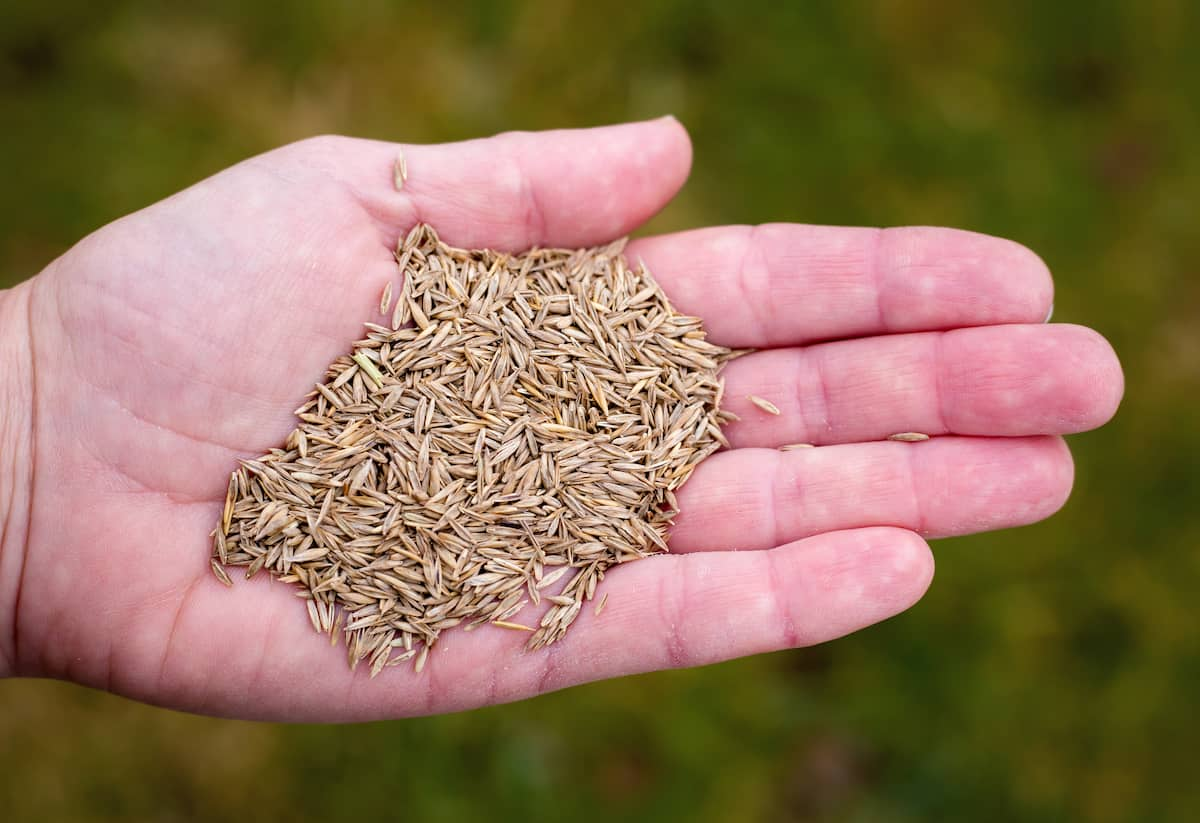
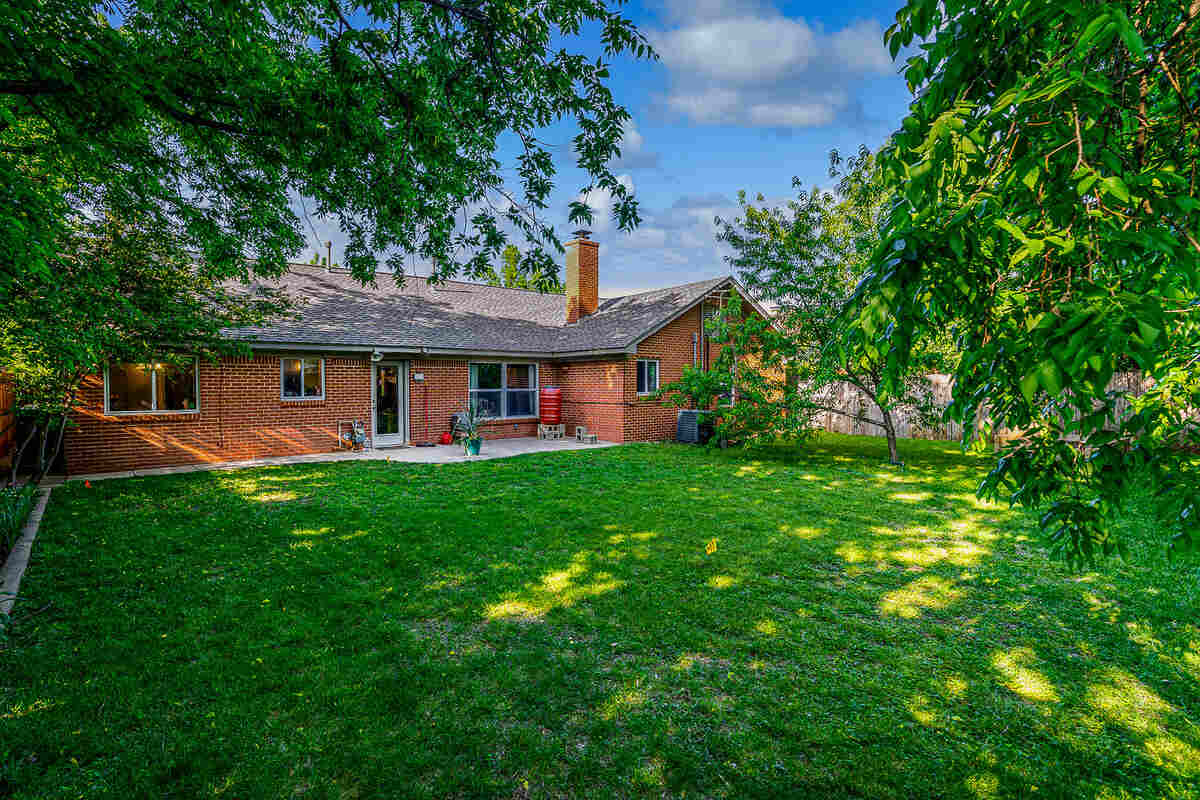
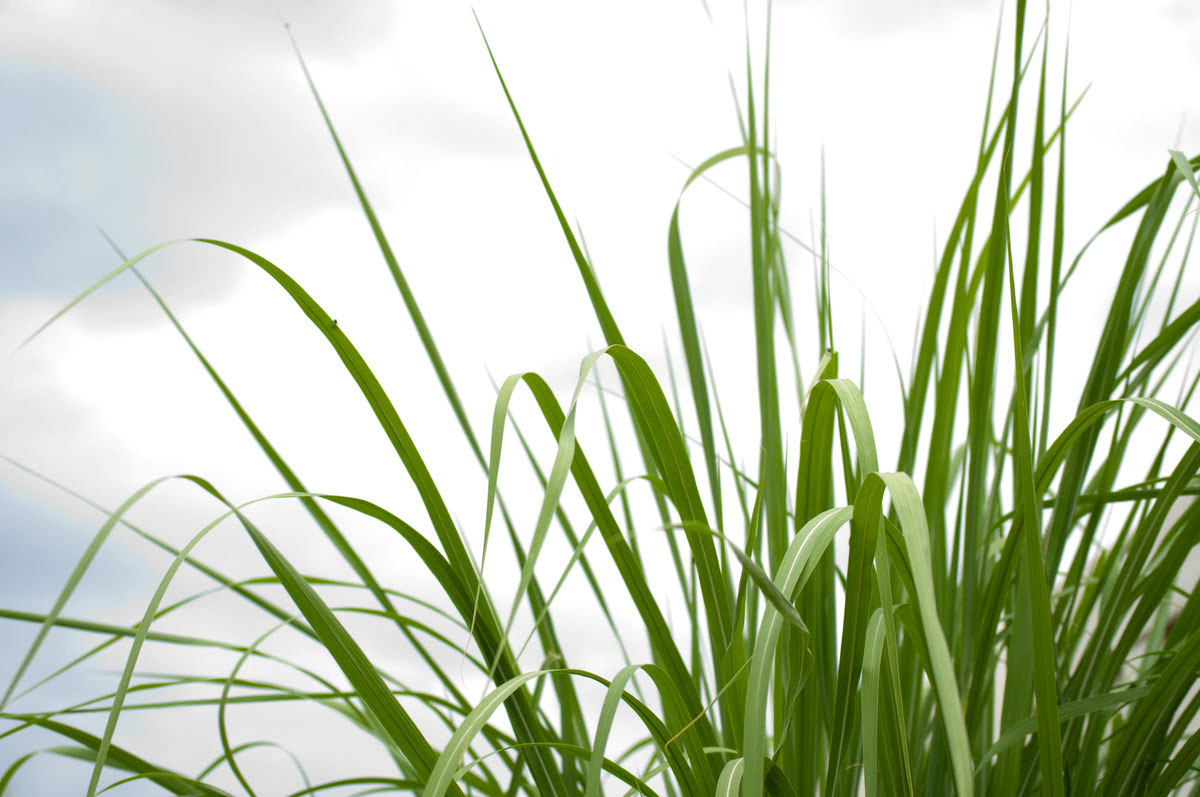
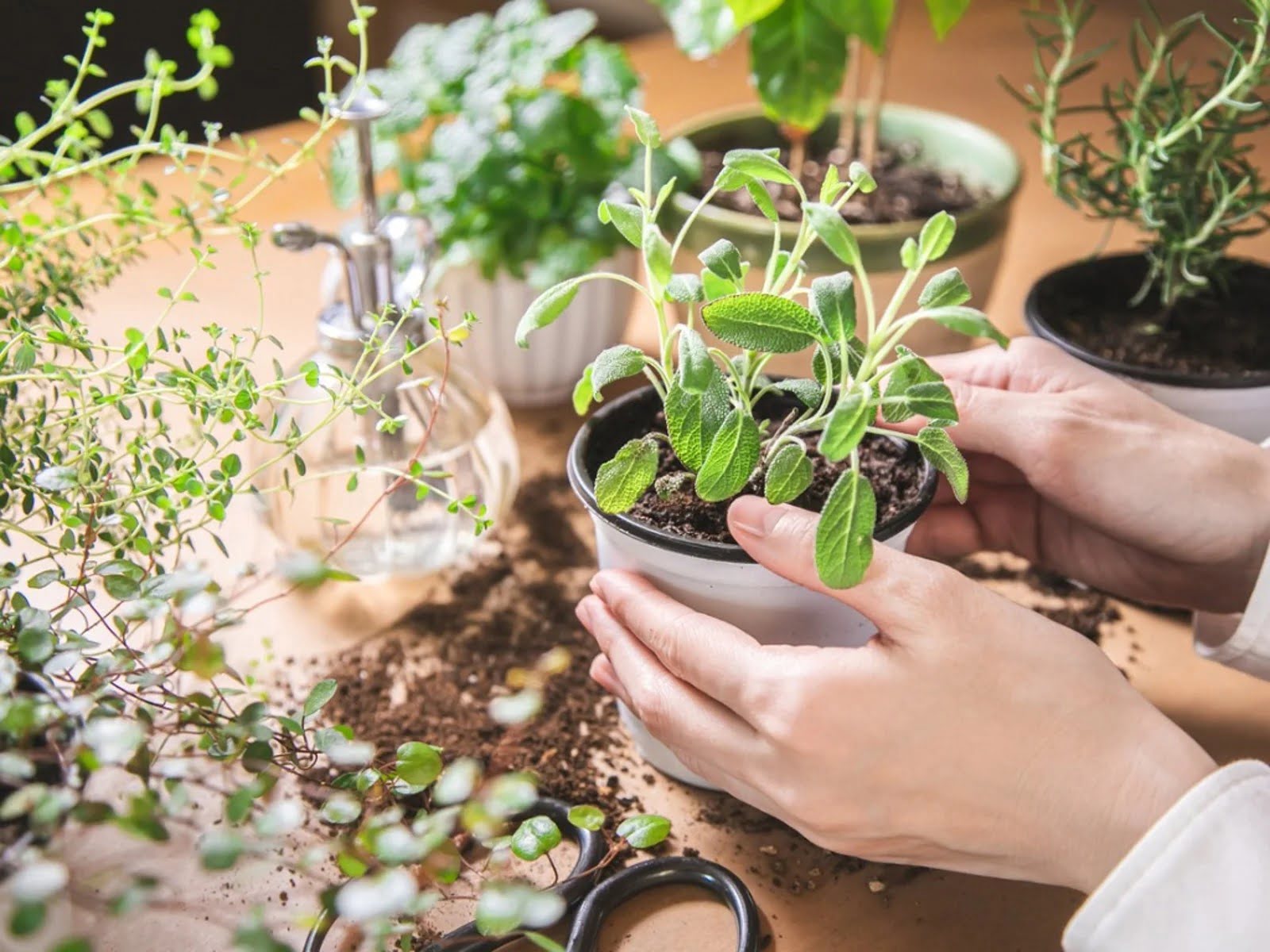
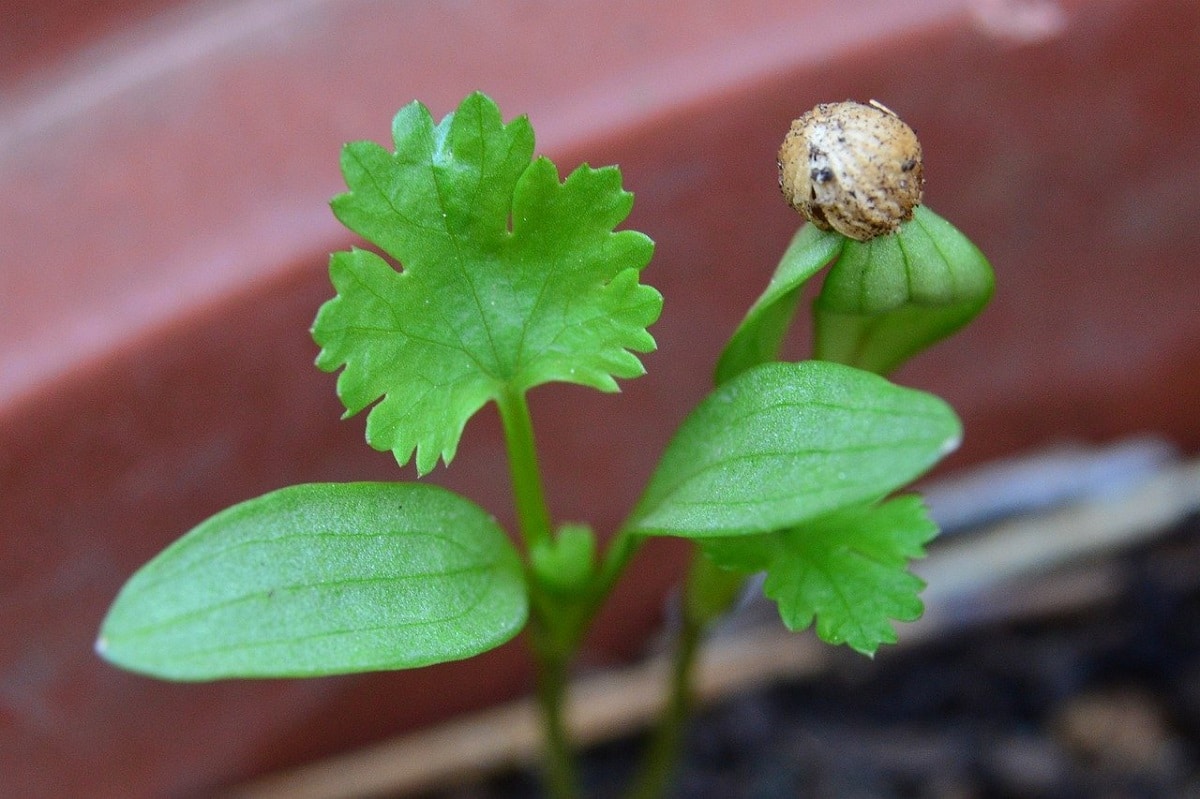
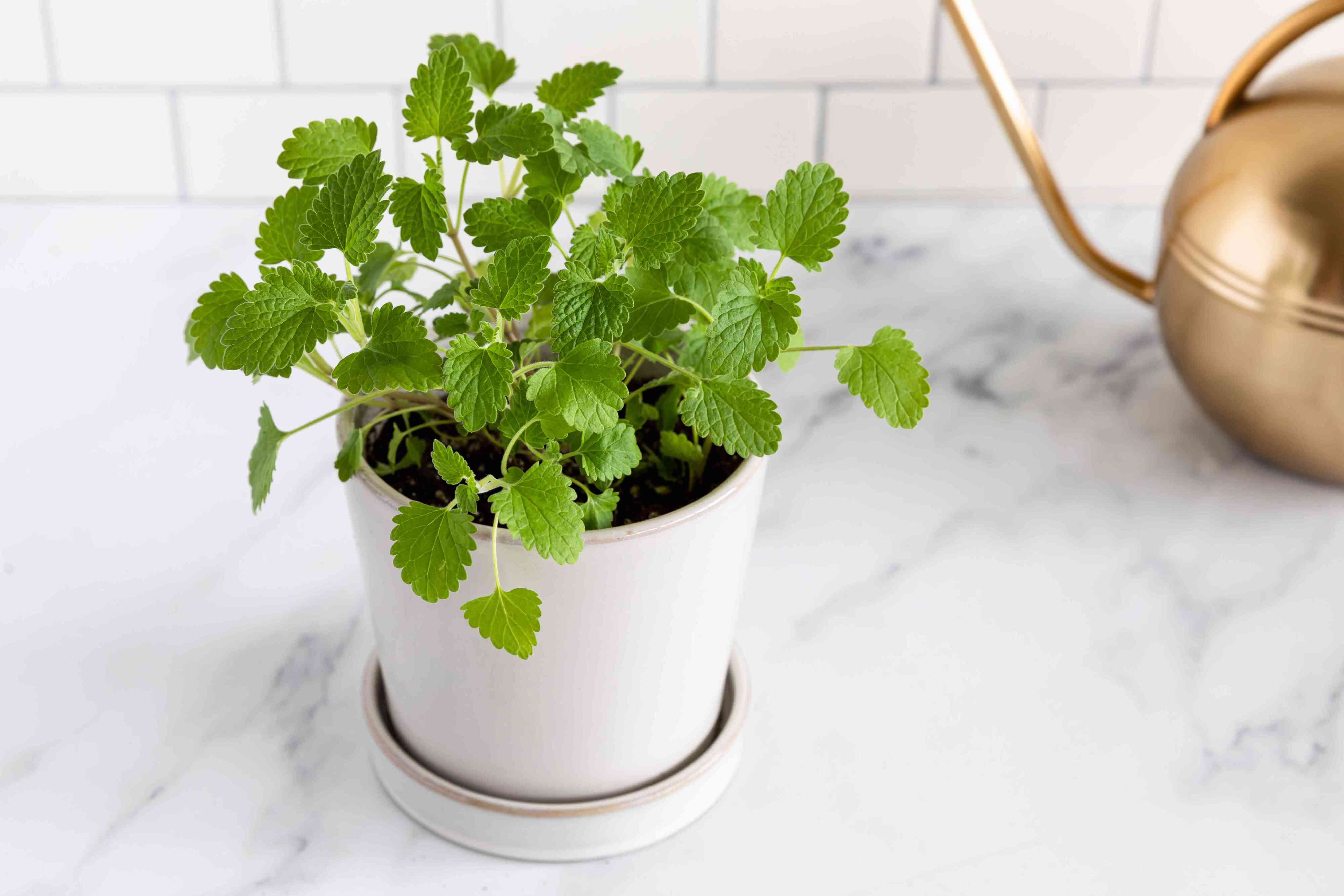
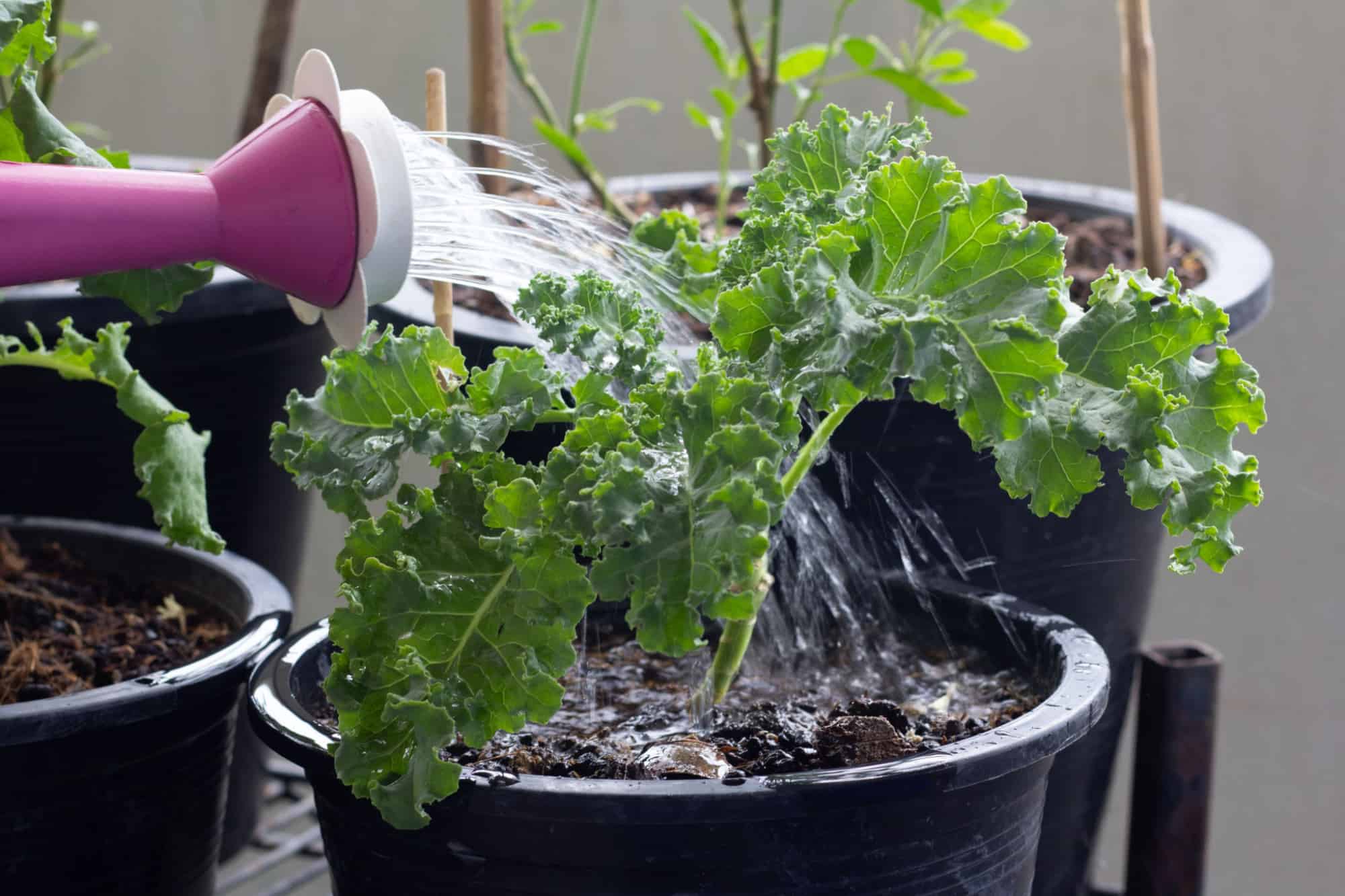
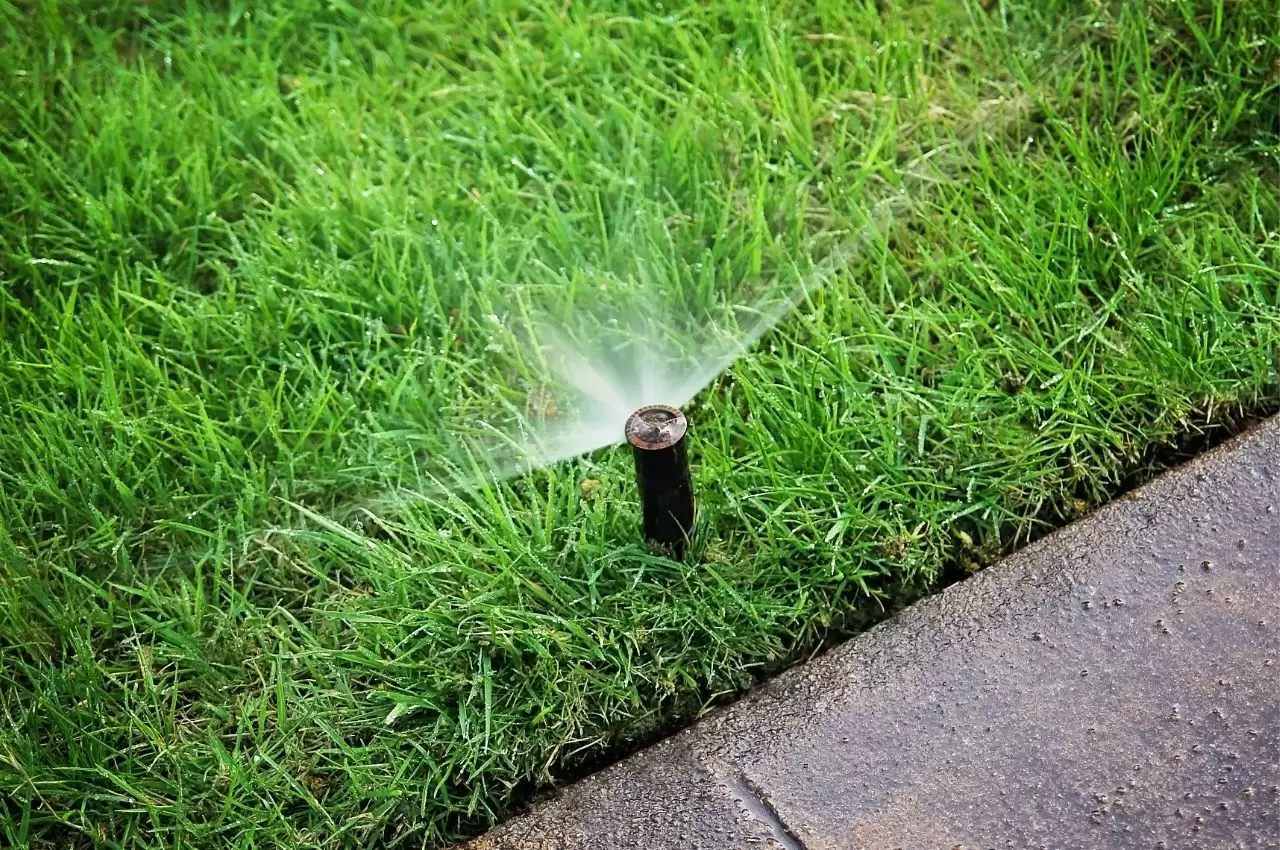
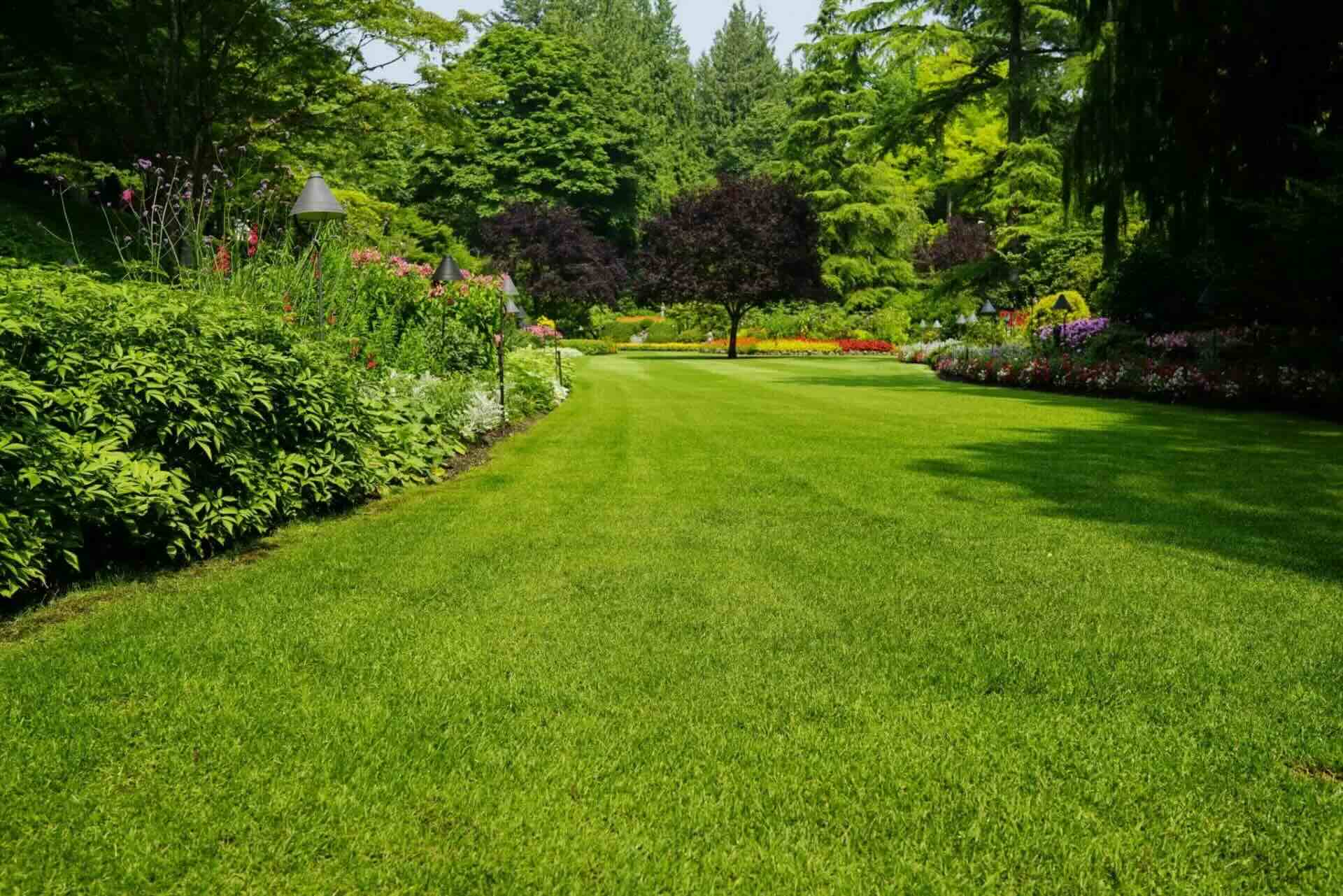

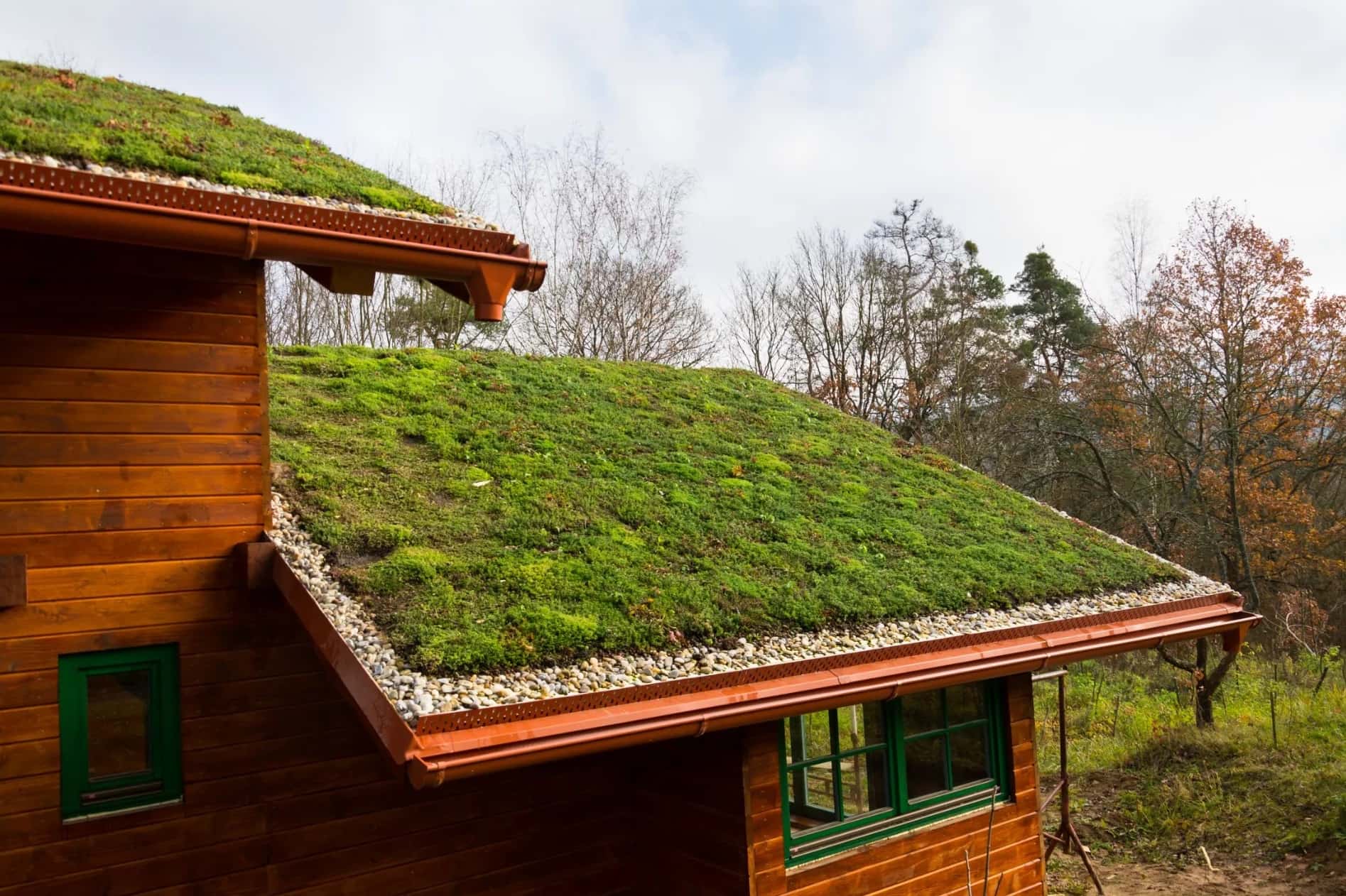
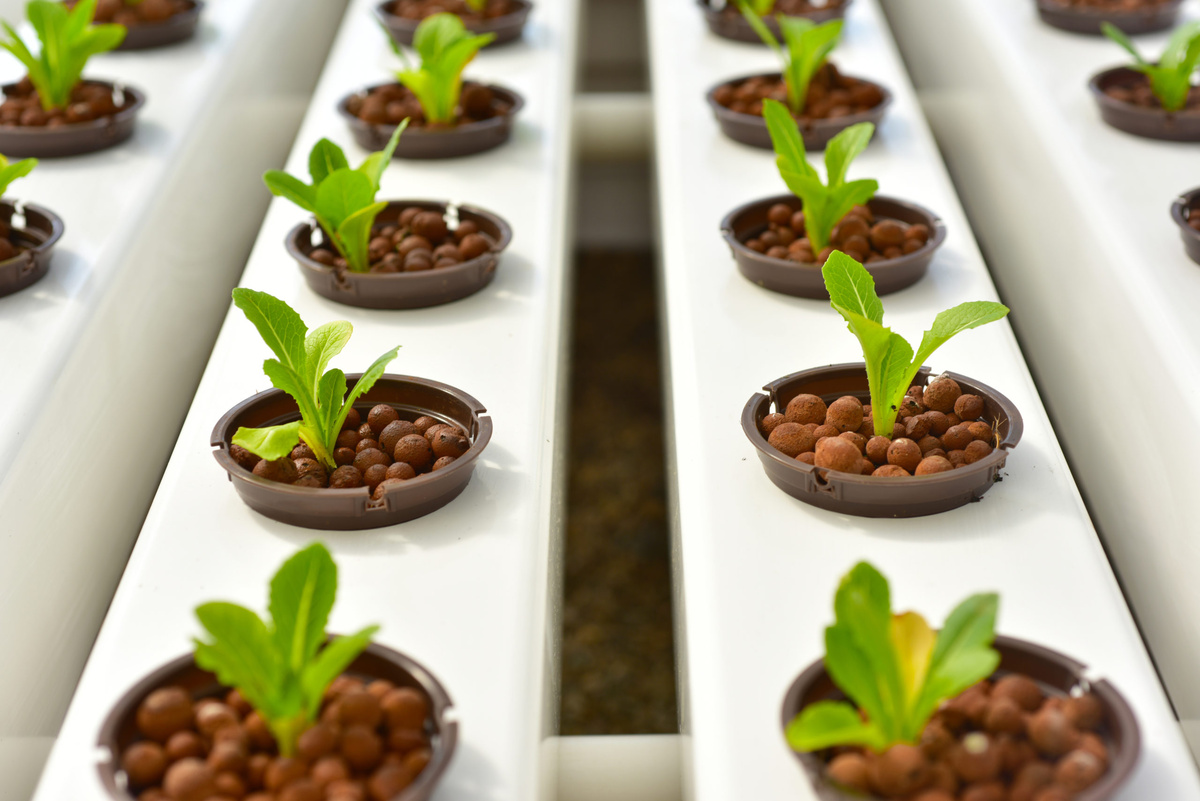
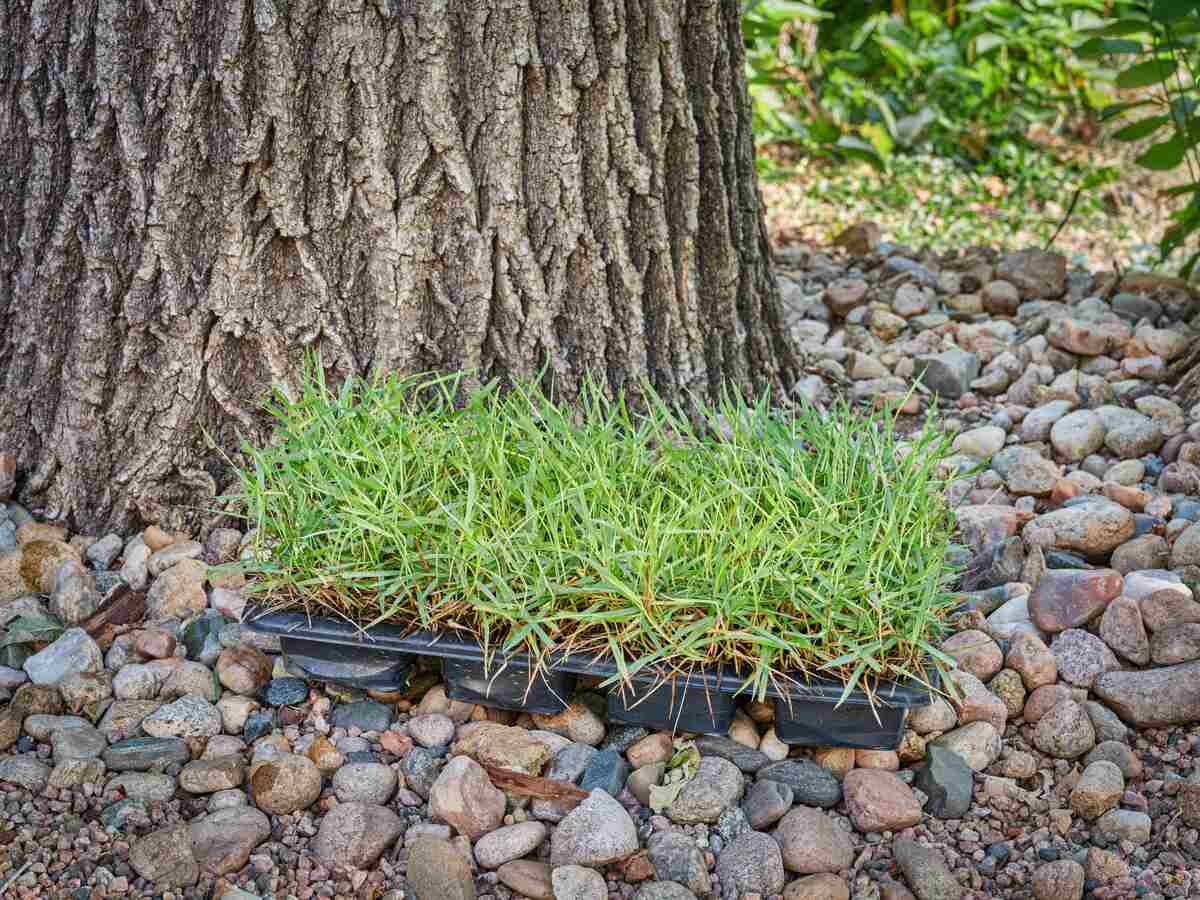


0 thoughts on “How To Grow Indoor Grass”